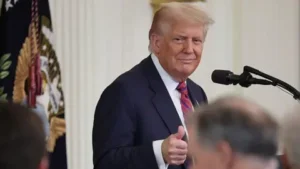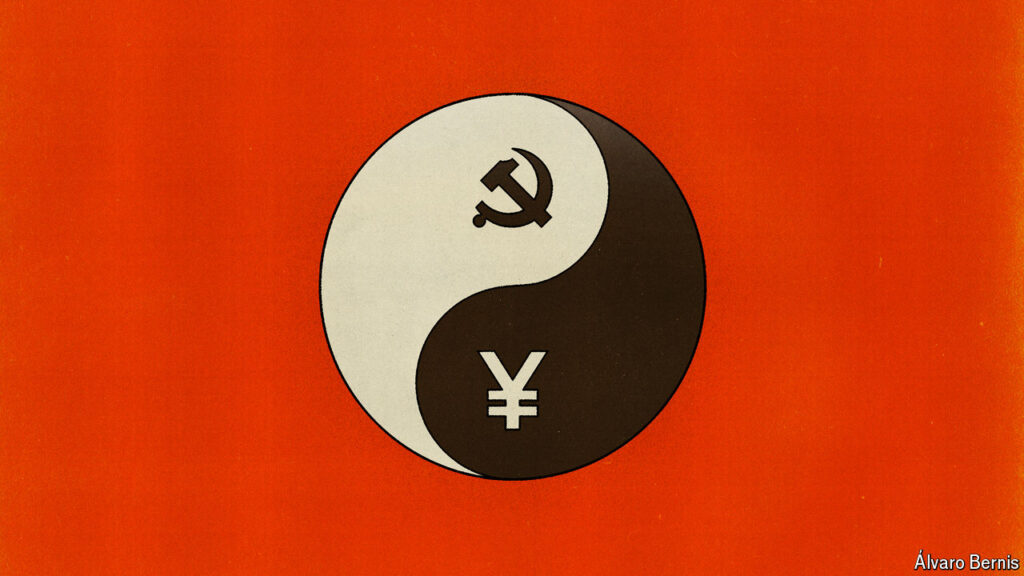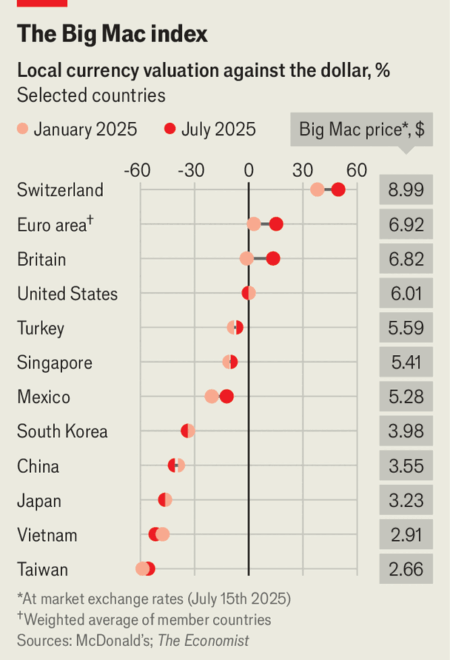China’s paramount leader, Xi Jinping, is a complex figure with a multifaceted approach to governance. His economic philosophy combines self-reliance and openness, while his approach to policymaking balances top-down design with bottom-up experimentation. Throughout the covid-19 pandemic, Xi urged local officials to eliminate infections through lockdowns while also promoting economic growth through mobility. His recent emphasis on cultivating “new productive forces” involves championing cutting-edge technologies while also supporting traditional industries. As a Communist, Xi believes in the power of contradictory forces, expecting his comrades to navigate and adapt to these challenges.
For some observers, Xi’s priorities may seem puzzling, such as his repeated reference to the “two unshakeables”. This slogan highlights the Communist Party’s unwavering commitment to both the state-owned economy and private enterprise. Reaffirmed in 2013, this commitment underscores the party’s encouragement and support for the development of the non-public sector. The upcoming “third plenum”, a significant meeting for long-term reforms, is expected to focus on these principles from July 15th-18th. However, the apparent contradiction between state-owned enterprises (SOEs) and private firms raises questions about the sustainability of this dual approach.
According to Franklin Allen of Imperial College London and his colleagues, there are nearly 867,000 firms in China with some level of state ownership. This abundance of state-owned enterprises means that resources such as land, labor, and capital are allocated to these companies at the expense of private firms. The “two unshakeables” slogan suggests a harmonious coexistence between state-owned and private enterprises, but in reality, the competition for resources may create tensions between the two sectors.
Despite these challenges, Xi Jinping remains committed to his vision of balancing conflicting forces within China’s economy. His leadership style, which combines strong central authority with space for local experimentation, reflects this nuanced approach to governance. By promoting both self-reliance and openness, Xi aims to position China as a global leader in innovation while also supporting traditional industries. The forthcoming “third plenum” will likely provide further insight into Xi’s economic strategy and the implementation of his policies.
In conclusion, Xi Jinping’s leadership is characterized by a complex mix of contradictory forces, as seen in his emphasis on the “two unshakeables” and his approach to economic development. By navigating these tensions and fostering innovation, Xi aims to position China as a dynamic and resilient player in the global economy. As the country continues to face challenges and opportunities in the post-pandemic world, Xi’s leadership will be closely watched to see how his vision for China’s economic future unfolds.










